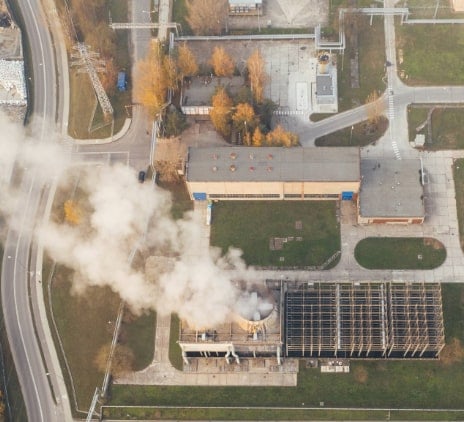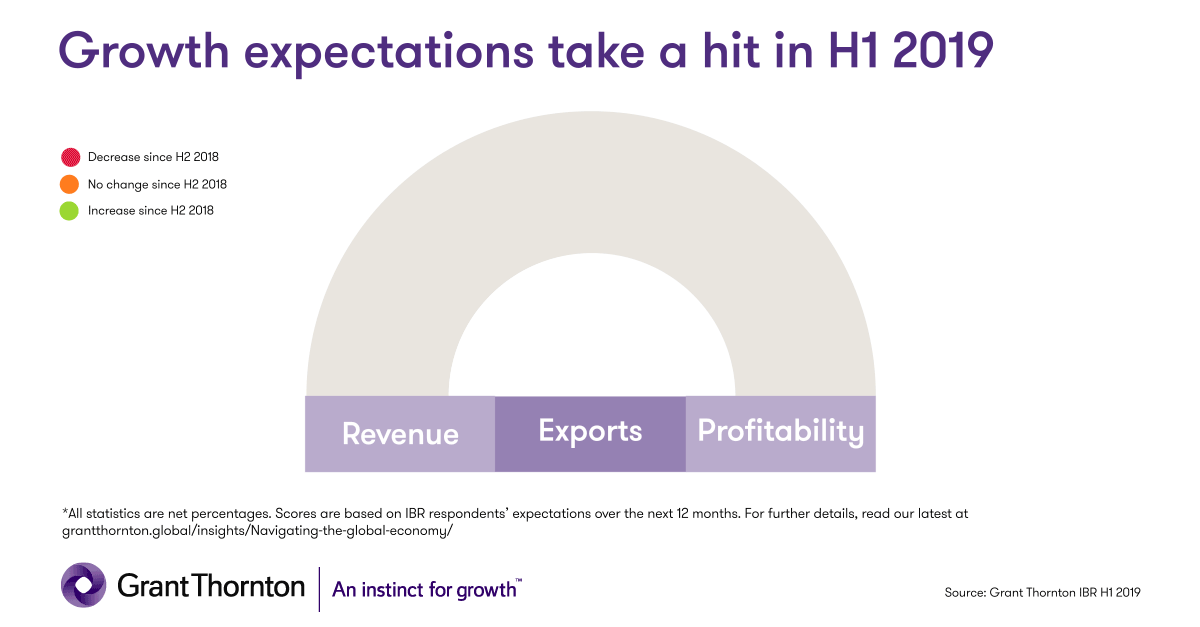-
Accounting Advisory
Our accounting advisory team help businesses meet their complex financial reporting requirements. The team can support in applying new financial reporting standards, IFRS/ US GAAP conversions, financial statement preparation, consolidation and more.
-
Payroll
Our team can handle your payroll processing needs to help you reduce cost and saves time so that you can focus on your core competencies
-
Managed accounting and bookkeeping
Outsourcing the financial reporting function is a growing trend among middle market and startup companies, as it provides a cost-effective way to improve the finance and accounting function. Our team can help with financial statement preparation, consolidation and technical on-call advisory.
-
Accounting Advisory
Our team helps companies keep up with changes to international and domestic financial reporting standards so that they have the right accounting policies and operating models to prevent unexpected surprises.
-
Crypto Accounting Advisory Service
Our team can help you explore appropriate accounting treatment for accounting for holdings in cryptocurrencies, issuance of cryptocurrencies and other crypto/blockchain related accounting issues.
-
ESG Reporting and Accounting
As part of our ESG and Sustainability Services, our team will work with you on various aspects of ESG accounting and ESG reporting so that your business can be pursue a sustainable future.
-
Expected Credit Loss
Our team of ECL modelling specialists combine help clients implement provisioning methodology and processes which are right for them.
-
Finance Transformation
Our Finance Transformation services are designed to challenge the status quo and enable your finance team to play a more strategic role in the organisation.
-
Managed Accounting and Bookkeeping Services
Outsourcing the financial reporting function is a growing trend among middle market and startup companies, as it provides a cost-effective way to improve the finance and accounting function. Our team can help with financial statement preparation, consolidation and technical on-call advisory.
-
Business Tax Advisory
Our business tax team can help you navigate the international tax landscape, grow through mergers and acquisitions, or plan an exit strategy.
-
Corporate Finance
Our corporate finance team helps companies with capital raising, mergers and acquisitions, private equity, strategic joint ventures, special situations and more.
-
Financial Due Diligence
From exploring the strategic options available to businesses and shareholders through to advising and project managing the chosen solution, our team provide a truly integrated offering
-
Valuations
Our valuation specialists blend technical expertise with a pragmatic outlook to deliver support in financial reporting, transactions, restructuring, and disputes.

-
Sustainability with the ARC framework
Backed by the CTC Grant, businesses can tap on the ARC Framework to gain access to sustainability internally, transform business processes, redefine job roles for workers, and enhance productivity. Companies can leverage this grant to drive workforce and enterprise transformation.

-
Business Tax Advisory
Our business tax team can help you navigate the international tax landscape, grow through mergers and acquisitions, or plan an exit strategy.
-
Corporate Tax Compliance
Our corporate tax teams prepare corporate tax files and ruling requests, support you with deferrals, accounting procedures and realise tax benefits.
-
Tax Governance
Our Tax Governance Services are designed to assist organisations in establishing effective tax governance practices, enabling them to navigate the intricate tax environment with confidence.
-
Goods and Services Tax
Our GST team supports organisations throughout the entire business life-cycle. We can help with GST registration, compliance, risk management, scheme renewals, transaction advisory and more.
-
Transfer Pricing
Our Transfer Pricing team advises clients on their transfer pricing matters on and end-to-end basis right from the designing of policies, to assistance with annual compliance and assistance with defense against the claims of competing tax authorities.
-
Employer Solutions
Our Employer Solutions team helps businesses remain compliant in Singapore as well as globally as a result of their employees' movements. From running local payroll, to implementing a global equity reward scheme or even advising on the structure of employees’ cross-border travel.
-
Private Client Services
Our private client services team provides a comprehensive cross section of advisory services to high net worth individuals and corporate executives, allowing such individuals to concentrate on their business interests.
-
Welfare and benefits
We believe that a thriving team is one where each individual feels valued, fulfilled, and empowered to achieve their best. Our welfare and benefits aim to care for your wellbeing both professionally and personally.
-
Career development
We want to help our people learn and grow in the right direction. We seek to provide each individual with the right opportunities and support to enable them to achieve their best.
The world's leading survey of mid-market companies, Grant Thornton's IBR, once again provides vital insight into the health of the global mid-market. These results for H1 2019 reflect the views of nearly 5,000 mid-market companies across 30+ countries interviewed in May and June of this year.
Growth expectations take a hit in H1 2019

*Net figures – percentage of respondents expecting an increase minus the percentage expecting a decrease.
The overall picture is concerning. Compared with H2 2018, economic optimism, revenue expectations and profitability expectations are all down. Most of the main measures of growth are at levels not seen since 2016. But it isn't all bad news. There are pockets of resilience across the mid-market. One of these areas is export expectations, which are undimmed globally despite the US-China trade war. Some regions have also held up well, and in badly impacted regions like Asia Pacific (APAC), there are still signs of health particularly in emerging markets.
The headline findings from the research globally and regionally are outlined below:
Global optimism continues to fall and uncertainty lingers in the mid-market
- Global optimism has fallen to a three-year low, with a net optimism of 32%, down from net 39% in H2 2018.
- Economic uncertainty remains elevated - 46% of firms identify this as a constraint to growth.
Mid-market growth expectations adjust downwards
- Expectations around revenues, profitability and employment have fallen to 2016 levels globally.
- Compared with previous periods, fewer firms are expecting to increase prices over the next 12 months. This is consistent with wider risks of weak inflation, especially as global growth is slowing.
Export expectations prove resilient
- One-quarter of firms identify trade tariffs as one of the most significant external barriers to international expansion, but export optimism held up well despite a slowdown in trade growth. China's export expectations are down whereas US expectations are up.
Investments intentions are down, although R&D sparkles and technology glimmers
- Firms are generally scaling back investment in new capacity (new buildings, plant & machinery) — the balance of firms planning an increase in capex is the lowest since the global financial crisis. This is possibly in response to rising concerns over a shortage in orders, as well as increased uncertainty.
- With demand softening, firms appear to be channeling investments into quality and not quantity enhancements. R&D investment intentions are much healthier, and tech investment intentions are proving robust. This is especially relevant for emerging markets — Africa, Emerging APAC and Eastern Europe.
Shortage of finance is a growing concern
- Shortage of finance has become more of a constraint since H1 2018 as credit standards have deteriorated, especially in the US.
- On a scale of 1-5, with 5 being 'a major growth constraint' and 1 being 'not a growth constraint', over one-third of firms identify shortage of finance as either 4 or 5.
- Shortage of finance is a particular issue for developing economies—the top 5 countries highlighting a shortage of finance are Russia, India, Thailand, Argentina and Malaysia.
European optimism holds up well
- Optimism held up well vis-à-vis the global average, falling modestly in the EU to 26% in H1 2019 from 28% in H2 2018. However this follows a dramatic decline in H1 2018 (down 50%).
- Europe remains constrained by the continuation of labour market tightening. 43% of EU firms identify a lack of skilled workers as a constraint. This trend is more apparent in developed Europe.
North Americans are still the most optimistic
- North American firms are the most optimistic about their country's growth prospects—nearly 70% of firms identify as 'slightly' or 'very' optimistic.
- Export expectations over the next 12 months have improved by 6ppts to 23% in H1 2019 from H2 2018.
The wide divergence between Emerging APAC and Developed APAC continues
- Optimism is down generally in APAC, falling 8ppts since H2 2018 and more than 50% lower than H1 2018, but the less-developed countries continue to defy the gloom. Indeed, expectations for revenue and profit growth in the ASEAN mid-market have strengthened and are now among the highest that we see globally.
- There are stark difference in export growth expectations between developed APAC and ASEAN countries – reflecting different exposures to the trade war.
Optimism falls dramatically in Latin America
- Optimism in Latin America has experienced a dramatic decline, falling by 23ppts to net 23% being optimistic about the outlook for the economy in H1 2019 from net 46% in H2 2018.
- This reflects a broad slowdown across the region, with Mexico being one bright spot.

